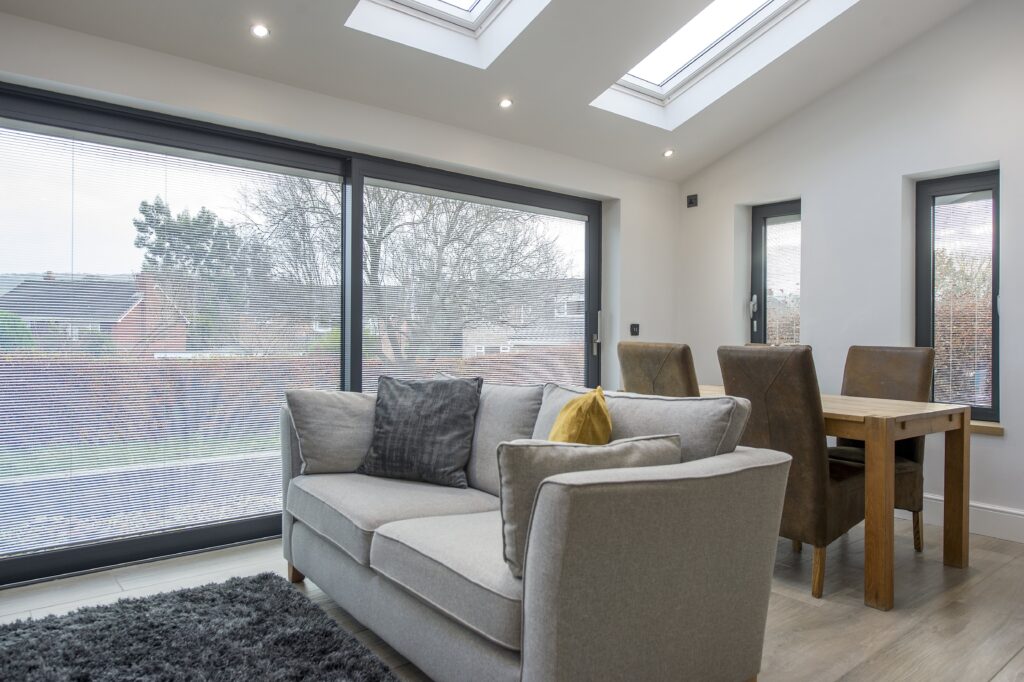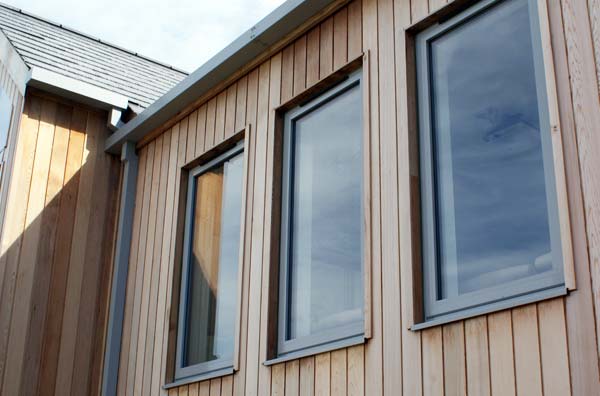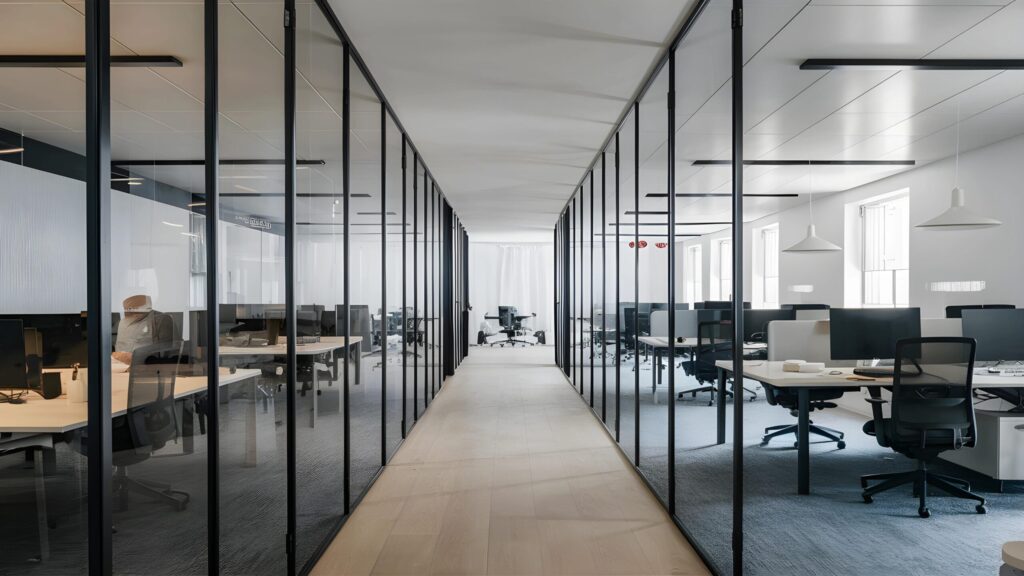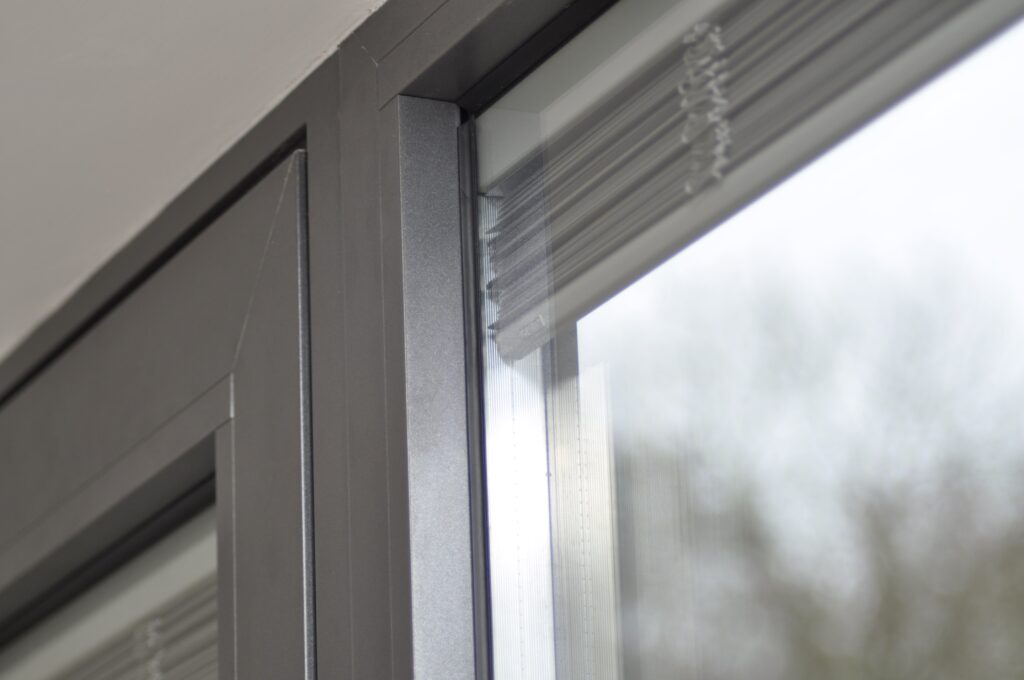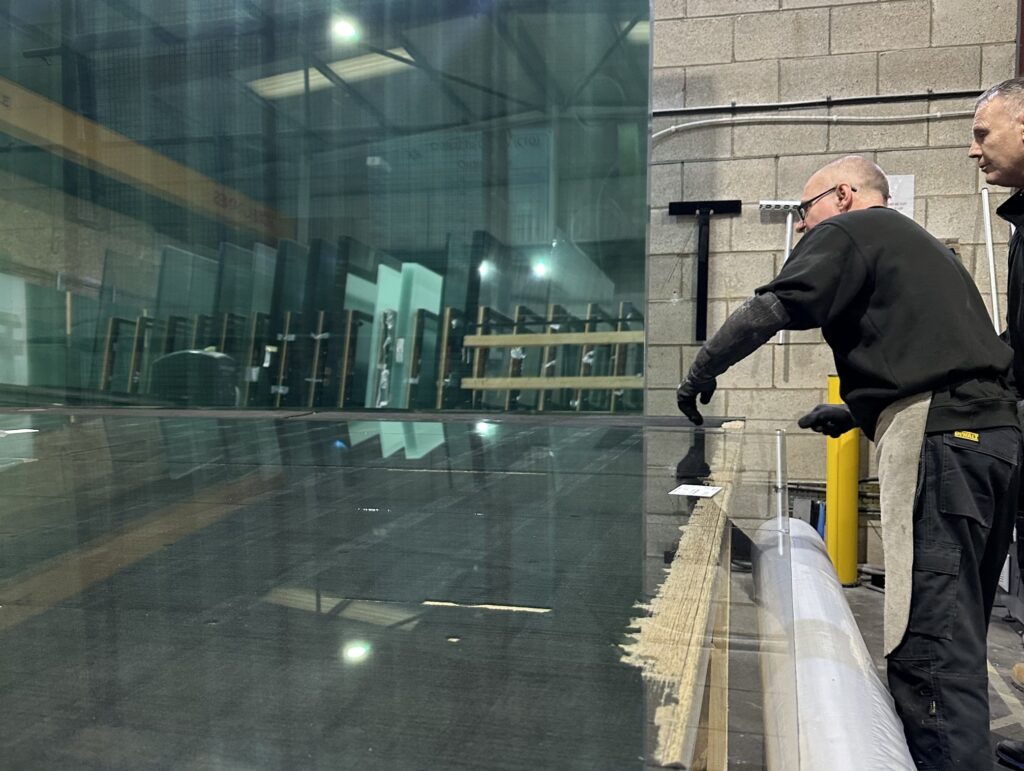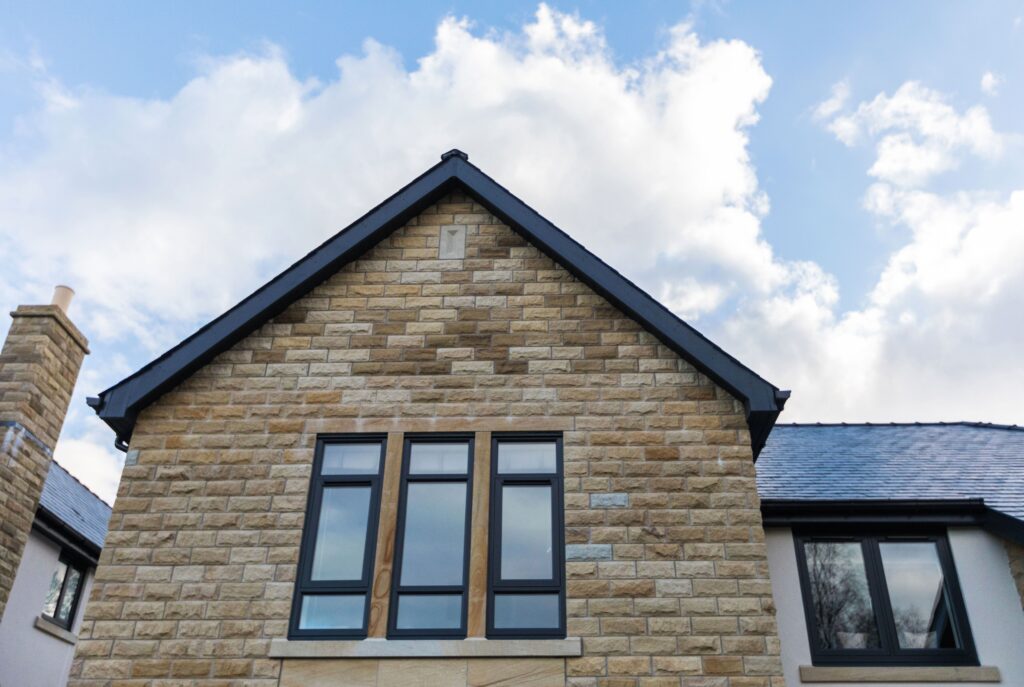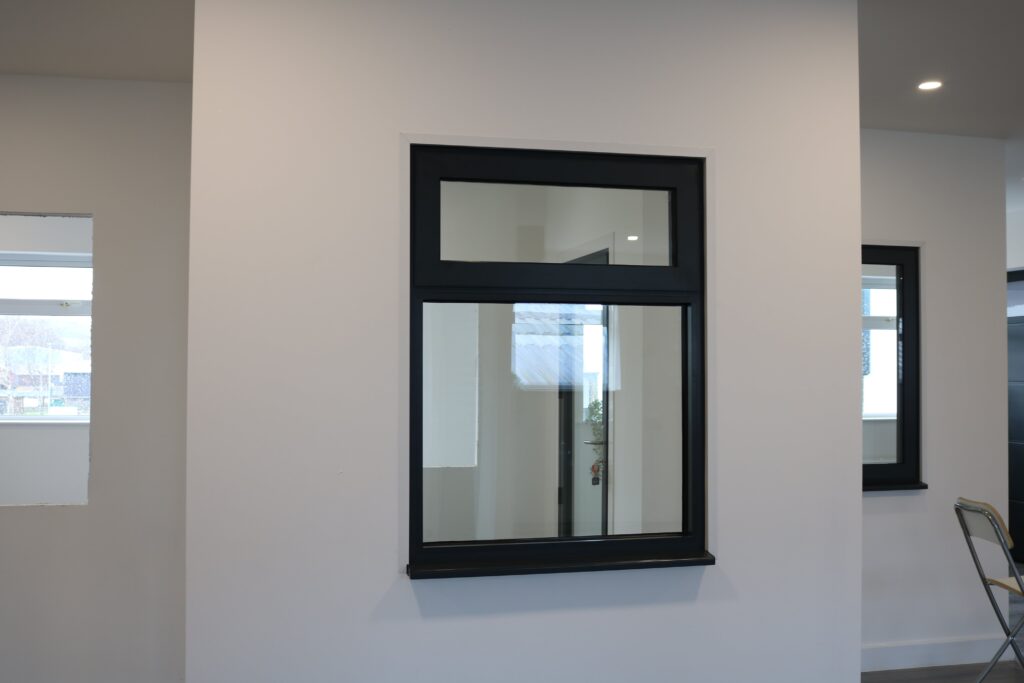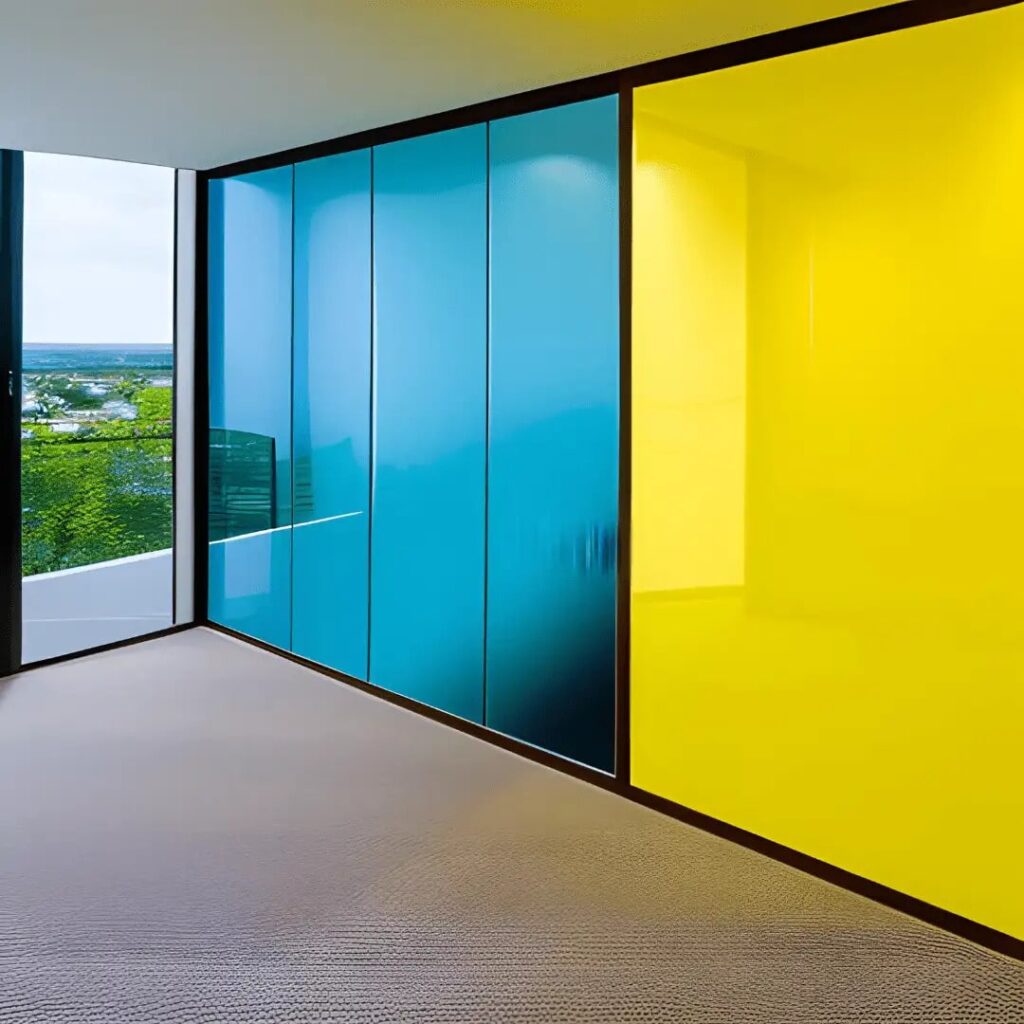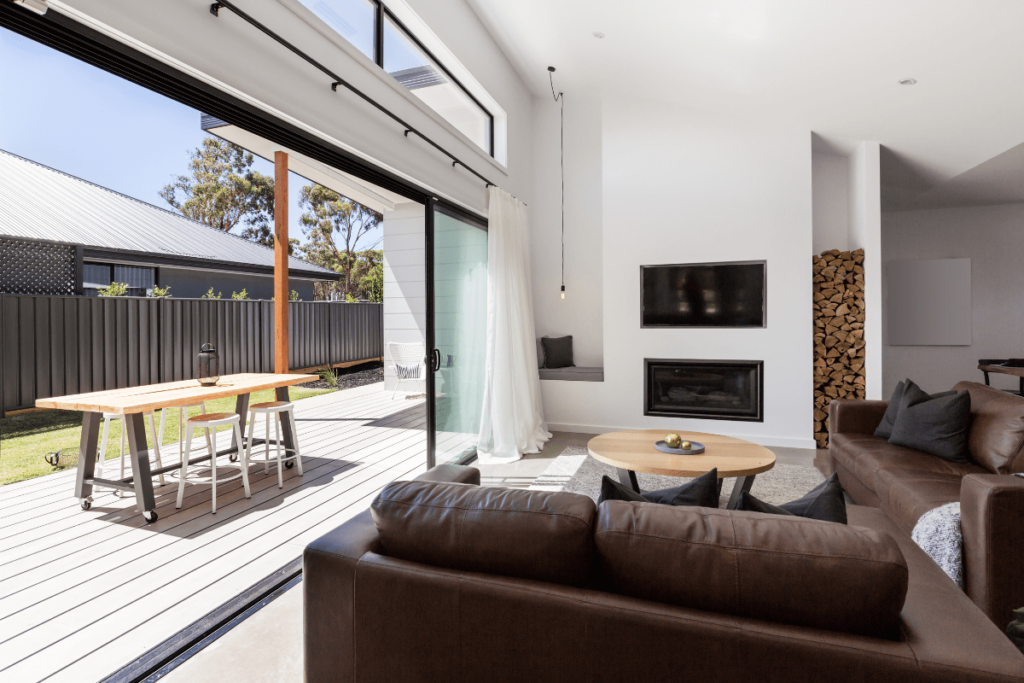What is Low-E Glass?
What Is Low-E Glass? When it comes to building or renovating a home, energy efficiency is a key consideration. From insulation to efficient heating and cooling systems, homeowners are increasingly looking for ways to reduce their energy bills and minimise their environmental impact. One technology that has gained popularity in the last few decades is Low-E glass, a type of energy efficient glass. But what exactly is Low-E glass, and how can it improve your home? In this blog, we’ll explore the concept of Low-E glass, its benefits, and how it can enhance energy efficiency and comfort in your space. What is Low-E Glass? Low-E (low emissivity) glass is a type of energy-efficient glass that has a thin, transparent coating designed to reduce the amount of heat that passes through the unit. This special coating is applied to the glass surface and allows light to enter while reflecting heat back into the room or blocking unwanted heat from outside. The coating is microscopically thin, often no thicker than a human hair, but its impact on energy efficiency is profound. There are two main types of Low-E glass coatings: soft-coat and hard-coat. Soft-Coat Low-E Glass This type is applied through a vacuum deposition process in a vacuum chamber. Soft-coat glass typically offers better thermal insulation because of its multi-layer coatings. It’s more sensitive to damage and is usually used in double glazed units, or triple glazed units for optimal performance. Hard-Coat Low-E Glass This coating is applied during the manufacturing process while the glass is still hot, directly onto the glass ribbon. Hard-coat Low-E glass is more durable but generally offers slightly lower performance than soft-coat glass. How Does It Work? Low-E glass works by reflecting heat without blocking visible light. The coating used on the glass reflects infrared radiation (IR), which is the heat energy that can cause your home or office to feel uncomfortably hot in the summer or lose warmth in the winter. This reflective coating helps to regulate indoor temperatures more effectively. Additionally, Low-E glass minimises solar gain, helping to maintain comfortable indoor temperatures during summer months. There are two key mechanisms at work here: Benefits of Low-E Coating Energy Efficiency Low-E glass improves the energy efficiency of a building by reducing the need for heating and cooling, thereby lowering costs. In winter, it keeps the warmth inside, and in summer, it blocks excessive heat from entering. This results in a more comfortable indoor environment and reduces the strain on your heating and cooling systems, leading to lower energy bills. Is all glass sustainable? Find more here! Increased Comfort Because Low-E glass helps maintain a consistent indoor temperature, it can create a more comfortable living or working environment, preventing excessive heat streaming in through the glass. UV Protection The UV radiation from the sun can cause fading and deterioration of furniture, flooring and other materials. Low-E glass blocks a significant amount of ultraviolet light, preserving the interior of your home or office and extending the lifespan of your possessions. Increased Property Value Homes and commercial properties that are more energy-efficient tend to have higher market value. By investing in Low-E glass windows, you are not only improving comfort but also enhancing your property’s resale value. Applications and Uses of Low-E Glass This type of glass is a versatile and widely used material in various applications, making it a popular choice for both residential and commercial buildings. Here are some common uses of Low-E glass. Windows and Curtain Walls Low-E glass is frequently used in windows and curtain walls to reduce heat transfer, minimise energy costs and enhance comfort. By reflecting solar heat and allowing natural light to enter, it helps maintain a stable indoor temperature. Roof Lights In roofing applications, such as roof lights and lanterns, Low-E glass is used to reduce solar heat gain. This makes it an excellent choice for spaces that require ample daylight without the associated heat. Doors This type of glass can be used in doors to reduce heat transfer, improve energy efficiency, and enhance comfort. It ensures that spaces remain well-lit and comfortable, regardless of the weather outside. Is Low-E Glass Right for You? While Low-E glass offers many benefits, it’s important to consider whether it’s the right fit for your needs. If you live in an area with extreme temperatures, either hot or cold, or you’re concerned about reducing your energy bills, Low-E glass could be an excellent choice. When considering this type of glass, remember that the benefits depend on factors like the climate, the orientation of your windows, and the type of glazing used. Consulting with a professional to determine the best option for your specific needs can help ensure you get the most out of your investment. Here at UKO Glass, we provide tailored solutions to meet your exact needs and specifications. We offer Low-E glass as an optional extra on our glass units. Interested in finding out more? Get in contact with the team today on 01422 861116, or email us at theteam@ukoglass.co.uk.
What is Low-E Glass? Read More »


